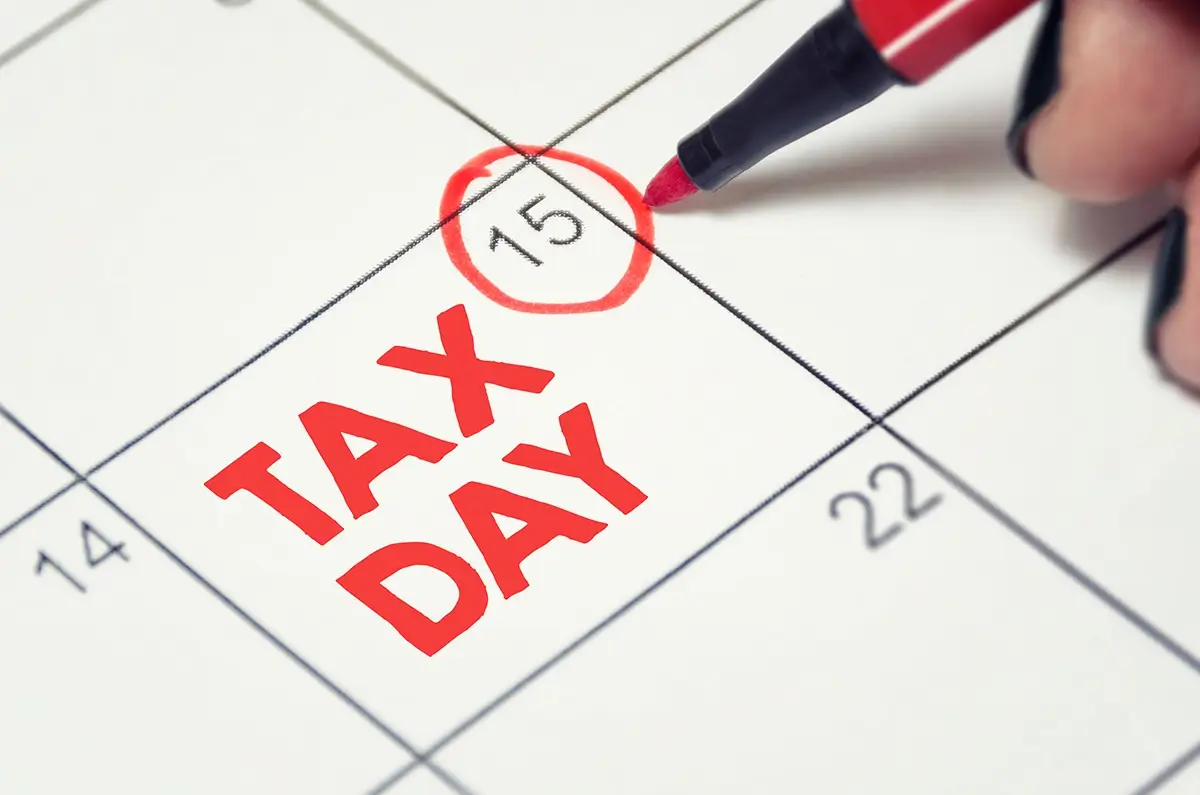Accounting is beneficial and an excellent tool for people to use. You can use it to create a budget or to record your income and expenses. Doing this can help you create a financial plan for your business, which will help you realize why it is or is not growing the way you thought it would. However, the “language of business” can be challenging to comprehend. Nevertheless, it should be understood by everyone who is in the accounting world or owns a business to help understand what is going on with their taxes, money spent, and earnings.
Basic Accounting Vocabulary
- Balance Sheet: One of the most critical aspects of business and accounting is the balance sheet. The balance sheet is a financial statement that helps record, summarize, and report your business finances. Liabilities, assets, and equity are all recorded on your balance sheet. Recognizing what your business has made or what you owe will help you make better business decisions for the future or create a budget for the items and services you need.
- Cash Flow: In accounting, your cash flow is the amount of cash your business generates and how much you are spending or using within a certain amount of time.
- Credit: Credit will be on the right side of an accounting transaction or entry. It is saying that one party has borrowed money from another party but is going to pay it back at a later date. However, this will increase the liability on an income statement, decreasing the asset account until it is paid back with or without interest.
- Debit: The debit entry or transaction will be on the opposite (left) side of the credit entry. Since you are being paid back, it will be recorded in the debit column, which again is on the left of the credit entry. It will be an asset and decrease the liability of the account.
- Depreciation: Depreciation refers to an item that has or is decreasing in value over time. In accounting, when there is depreciation on an asset, you record the suspected life span over time of the asset. For example, if you buy a car for $100,000 and you suspect it will last ten years, then you write down a depreciation of $10,000 yearly since that is how much it will go down in value each year.
- Income Statement (IS): Also known as P&L or the profit and loss statement, an income statement will help you show the revenue, expenses, and net income generated. Whether generated over a specific period or monthly/quarterly, this statement indicates how well your business is functioning. It is also a way to see if your business is over or under budget.
Example:- Revenue – $10,000
- Expenses – $3,000
- Net Income – $7,000
- Revenue: Every business owner strives for sales every day, but revenue is the main goal. Revenue is when your business receives cash from the product or service you are selling, which differs from profit on a balance sheet. Profit includes operational costs, taxes etc., and is at the bottom line of a financial statement.
Advantages of Accounting Literacy
The accounting world can be difficult to comprehend. However, as a business owner, it can help you realize what you are doing wrong or what you can do better. This can lead to a more optimized business performance while taking minimal risks. Understanding some basic accounting vocabulary will help you gauge what your business needs versus what you want, help create short-term and long-term business plans, and teach you how you can stay ahead financially.
If you still have questions about accounting vocabulary or anything related to accounting or your business, do not hesitate to contact us today!











